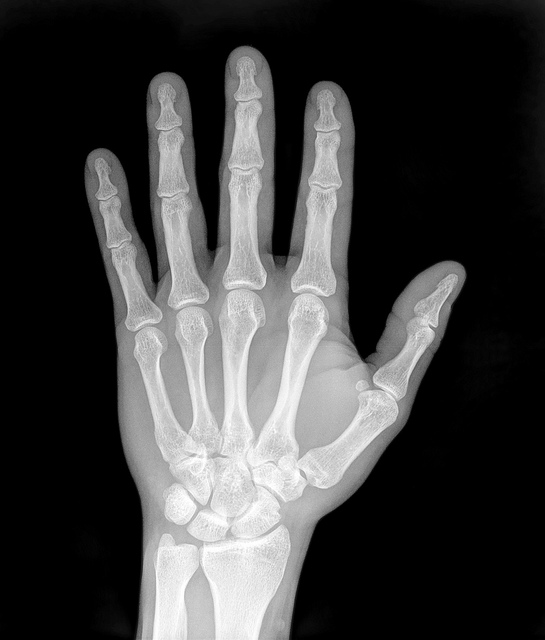Bone age is necessary:
- in the diagnosis of Familial Short Stature and Constitutional Growth Delay;
- for interpreting hormone levels in pubertal age;
- for diagnosis of precocious puberty or hyperandrogenism;
- for deciding whether to treat or not the above mentioned conditions;
- for predicting adult height in normal children.
Bone age is useful:
- in evaluating any child with growth and/or puberty disorders;
- in deciding the time to start replacement therapy in hypogonadism;
- in monitoring children on growth hormone therapy.
Bone age can be misleading:
- in evaluating children with disorders of bone mineralization;
- in predicting adult height in pathological conditions;
- if considered an absolute diagnostic marker;
- if, during the follow-up of a patient or in comparing groups of patients, different readers are involved or different methods are employed.

